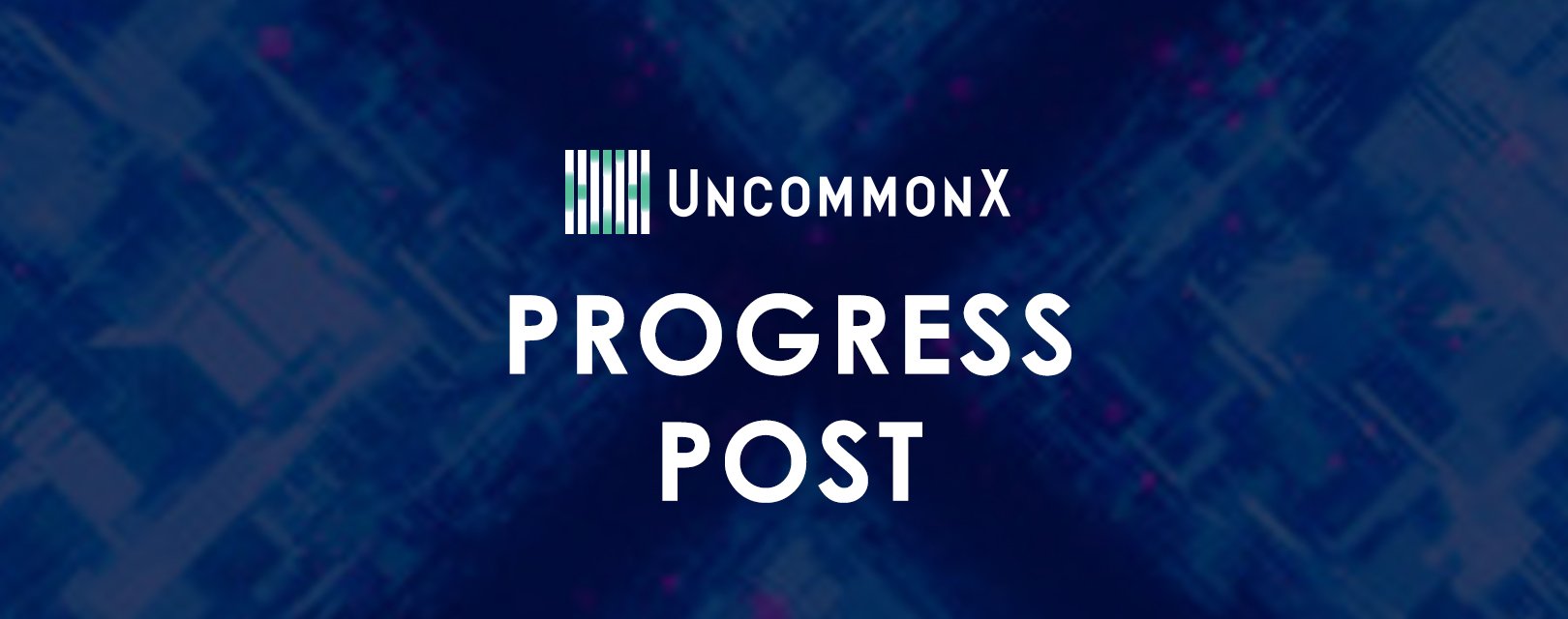UncommonX 1H 2023 - Progress and Performance
As we enter the second half of 2023, it’s a good time to reflect on a very interesting year thus far. We’ve seen remarkable shake-ups in the tech...
Experiencing an active breach? Call us immediately at 1-866-405-9156 UncommonX has experienced ZERO reportable breaches.
4 min read
 Rich Pasewark - CEO, Board Director
:
Aug 9, 2023 4:36:23 PM
Rich Pasewark - CEO, Board Director
:
Aug 9, 2023 4:36:23 PM

With the new 2023-2024 school year about to commence, school districts have the prime opportunity to beef up their security after the alarmingly large number of high-profile cybersecurity attacks on schools seen in the headlines recently.
Since the pandemic, the amount of school issued laptops and computers has erupted. Schools are integrating technology into classrooms and leveraging online platforms for learning, all while holding on to vast amounts of sensitive student and teacher data. This includes confidential student records and faculty information, as well as financial data. This makes it wholly tempting for hackers to access this information in one go, potentially selling it, or holding it for ransom.
Attacks Against School Networks Are on the Rise
At the beginning of the 2022-2023 school year, hackers targeted the second largest US school district with over 600,000 students. The district, Los Angeles Unified, is reported to have suffered ‘significant infrastructure disruption,’ which in some cases can lead to delays or closures within schools. Thankfully, the hackers did not target the student’s personal information.
Oftentimes, however, that is not the case. Earlier this year a New York City school district was breached, compromising an estimated 45,000 students' data. In some cases, this included social security numbers and financial information.
Another danger of this is that a child’s identity could be stolen, which may go unnoticed until they try to open a bank account when they’re older and discover that someone has ruined their credit, and possibly their reputation.
See our X Factor File #102 to learn how a school district patching Windows servers created a risky system opening that UncommonX was able to contain.
Bad Actors Have Many Tactics
There are many ways these breaches can occur, from the most common, a data breach — at 36% in 2020 according to a K-12 Cybersecurity review — to ransomware attacks, phishing scams, and even insider threats. All of these have an increase in risk due to inadequate cybersecurity awareness amongst the school districts.
These problems are growing, and are largely new for many school administrators, which makes it even harder to stress the importance of cybersecurity awareness and education amongst the students and teachers.
A Simple Phishing Attack Could Cripple an Entire System
Unfortunately, as cybersecurity increases in school districts, hackers become more clever as well. The importance of staying current and active in combating these risks is massive, and involves many steps and checks in place to prevent this from happening. A critical and ongoing best practice is security training, as social engineering (such as phishing attacks) can be used to evade technology and create breaches from staff members thinking they are clicking on a legitimate link.
X Factor File #103 highlights a school district on leave during the holidays that suffered a network attack, and how UncommonX 24/7 SOC rapidly identified where the attack started, then helped them rebuild their network.
It Is Important to Incorporate a Variety of Tools and Best Practices, Such as the Following:
| Best Practice / Tool | Purpose and Value | UncommonX Approach |
| Strengthening Network Security |
Implementing robust firewalls, intrusion detection systems, and encryption protocols that fortify the school district's network against unauthorized access and cyber intrusions. |
Our platform and application are designed to aggregate and analyze all network elements and provide complete visibility to prevent attacks and mitigate risks. Alerts are managed by our 24/7 SOC and districts have peace of mind from cyber risks. |
| Regular Data Backups |
Routine backups of all critical data can significantly mitigate the impact of a ransomware attack, ensuring data can be restored without giving in to extortion demands. |
This is a best practice that we recommend to all of our clients, and in cases of incident response, it’s one of the first things we confirm and secure. |
| Cybersecurity Training and Awareness |
Conduct regular training sessions for faculty, staff, and students to educate them about cybersecurity threats, safe online practices, and how to identify phishing attempts. |
Social engineering, often represented by phishing attacks, is a prime source of cyber risk. We work with our clients to implement training and as many security protocols necessary to teach and condition their staff to maintain tight security. |
| Multi-Factor Authentication (MFA) |
Enforcing MFA for all user accounts adds an extra layer of security, significantly reducing the risk of unauthorized access, even if login credentials are compromised. |
MFA is an essential and often overlooked element for security. This is a critical buffer from bad actors accessing systems and networks. |
| Incident Response Planning |
Develop a comprehensive incident response plan to ensure swift and efficient action in the event of a cyber incident. Regularly test the plan through simulated exercises to identify potential weaknesses. |
In addition to back ups, a full IR plan should be in place, and is often required to obtain cyber insurance. UncommonX often performs IR for organizations that have been hit, and then works with them to prepare and minimize the impact of potential future attacks. This prep is often based on detailed information provided by a detailed security audit. |
| Regular Security Audits |
Conduct periodic security audits to assess the school district's cybersecurity posture, and identify vulnerabilities that need to be addressed promptly. |
These types of audits are a built-in function of the UncommonX platform and application. A standard feature of the product is a real time Relative Risk Rating (R3) based on the NIST Cyber Security Framework (CSF). The product also offers vulnerability scans and reports as a standard function, helpful in generating insights and actions to keep your data, devices, users, and servers safe. |
UncommonX Helps Schools Protect Their Environments
All of these items are part of the security software and solutions provided by UncommonX. Dozens of school districts use the comprehensive features of our software and managed services to protect their students, staff, and technology environments from bad actors that can cause downtime, data loss, and costs related to ransom and remediation.
In every case, we encourage schools to adopt a plan and execute regular tests, updates, and improvements. To learn more about our approach and the value UncommonX provides to school districts, please see our latest X Factor File list featuring two school districts that created a safe, secure, and resilient environment with UncommonX. If you have interest in adopting our solution for your own district, please contact us at hello@uncommonx.com.
Learn more about UncommonX SOC and our broad set of expert services today.

As we enter the second half of 2023, it’s a good time to reflect on a very interesting year thus far. We’ve seen remarkable shake-ups in the tech...

As we enter 2024, the team at UncommonX is geared up to continue delivering on our promise of Complete Visibility — Ultimate Cybersecurity. Over the...

This week, I had the privilege of representing UncommonX at the TCEA Conference in Austin, Texas. TCEA is the largest nonprofit educational...